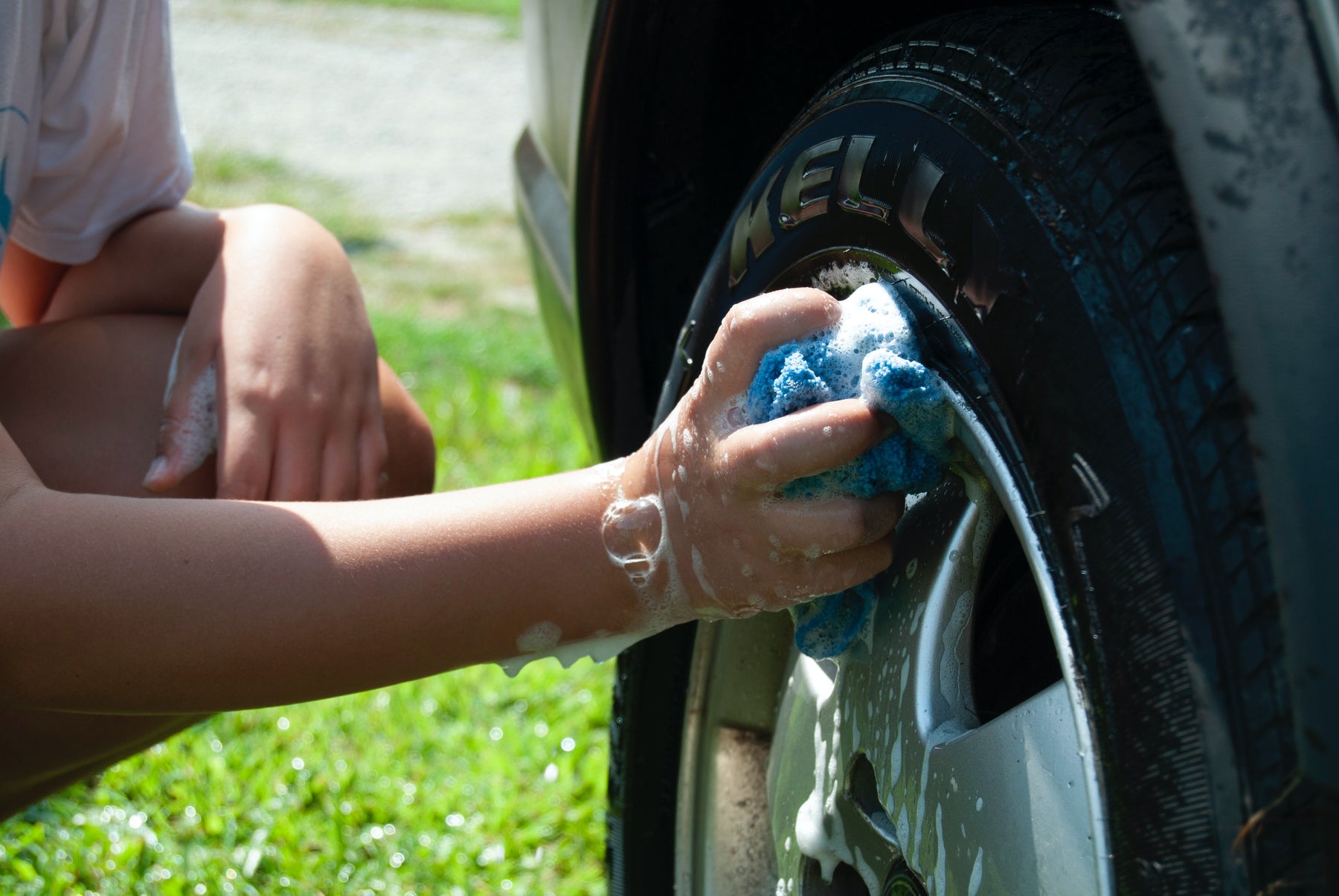
9 Sustainable Ways to Recycle Reverse Osmosis Wastewater
Reverse osmosis (RO) water filtration system is considered one of, if not the best, methods for removing harmful water contaminants.
The water that passes through the RO's specialized membrane is pure, clean, and free from pollutants.
With reverse osmosis, water tastes better and is free of foul odor.
But what happens to the 75% of the water that has been filtered out during reverse osmosis?
With water shortages and increasing water prices, it would be unwise to throw them away.
Good news: it doesn't have to go to waste.
You can recycle reverse osmosis wastewater and use it sustainably.

9 Sustainable Ways to Recycle Reverse Osmosis Wastewater
Before using the wastewater from reverse osmosis, remember that it contains substances rejected by the RO membrane.
Total dissolved solids (TDS), metals, salts, and minerals are present in this water, making it unsafe for drinking, so don’t give it to your pets.
Instead, reuse reverse osmosis wastewater for household purposes.
1. Mopping the floorRemember to mix the RO wastewater with some fresh water first. Adding vinegar can help reduce the hardness of the water and dissolve mineral buildup. A scoop of borax also acts as a water softener.
Use liquid detergent for cleaning with hard water because it can resist hardness better than powder.
2. Cleaning the bathroom
Combine a half-cup of baking soda with a cup of vinegar to clean the bathroom tiles. This mixture helps dissolve stains caused by minerals in the water.
3. Washing cars and bikes
Approximately 100 gallons of water are used in washing your car at home for 10 minutes of a car wash.
You can use a bucket to save more water or a hose with an automatic shutoff nozzle.
4. Washing rags
Add borax, vinegar, or store-bought water softeners if you'd rather wash your rags and mops with the wastewater from reverse osmosis.
5. Flushing toilets
Toilets account for 30% of an average home's indoor water use.
Older toilets use more water, with as much as 6 gallons per flush. Newer ones use 1.28 gallons or less per flush (U.S. Environmental Protection Agency or EPA).
To use reverse osmosis wastewater for flushing the toilet, connect your waste RO water pipe directly to the toilet flushing pipe.
Remember to clean the toilet often because the minerals and metals in the RO wastewater may cause discoloration and stains.
6. Washing utensils
The salt in the RO wastewater will help scrub off the food in the utensils. It can also break down the oily substances in the cutlery.
Rinse off with fresh water to avoid minerals and metal buildup.
7. Cleaning pipes
Wash slimy sewage pipes with RO water mixed with an acid such as vinegar. This mixture will help remove sediment and grease accumulation in the piping.
8. Watering plants
At the right level, calcium and magnesium can be beneficial for plants.
Calcium helps protect the plant cells from pathogens, while magnesium plays a fundamental role in photosynthesis.
However, RO water may contain a concentrated amount of these minerals. Therefore, add substances such as potassium chloride to reduce their concentration level.
Some plants are too delicate or prefer acidic water, like the azaleas, rhododendrons, hydrangeas, or daffodils.
RO wastewater is likely alkaline and may not be the best for these plants.
Check your plants closely if they show any damage from the water you are using. If the soil gets dry fast or the leaves start to turn yellow or brown, use the filtered water from reverse osmosis or rainwater on your plants instead.
9. Reusing RO wastewater as a water source
You can feed the RO wastewater to a second reverse osmosis system. Have the second unit pre-treated since this water contains high levels of minerals that can damage the RO filter.
How do you collect RO waste water?
You can extend the waste pipe into a large tank where water will be collected.
Use a pump to siphon the tank's water, or use a bucket.
Final Words
If you want to leave a positive impact on the environment, live sustainably, reduce your waste, and learn to reuse and repurpose.
Try to recycle wastewater as much as possible to avoid water shortages. Reusing water is also budget-friendly as it can help you save more on water bills.
